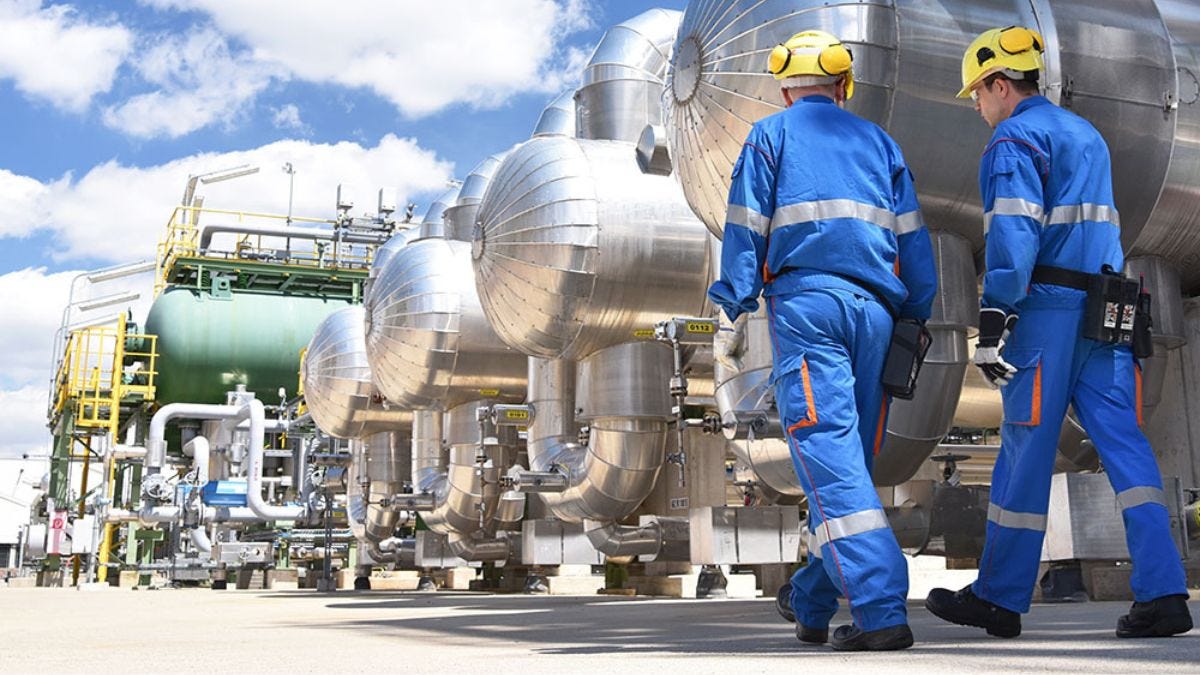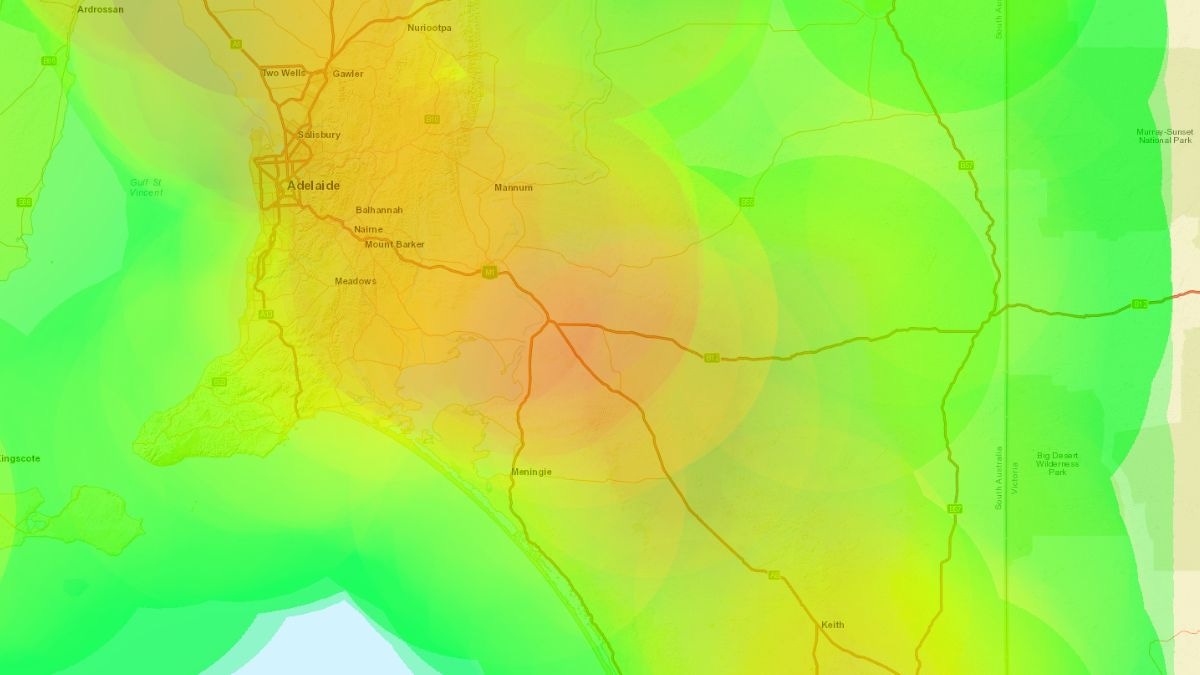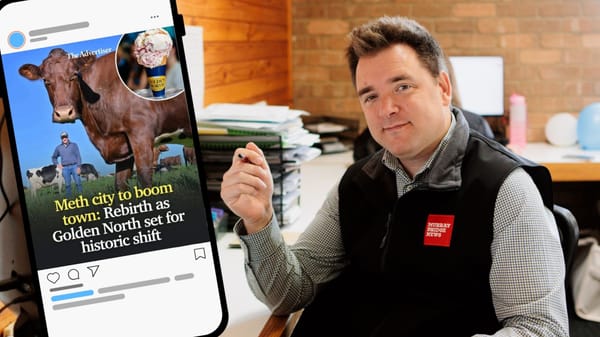Greenhill Energy plans $425 million gas plant at Tailem Bend
The proposed Riverbend Energy Hub would process waste from farms and factories, destined for landfill, into hydrogen, fertiliser and other high-value products.

Locals support locals – that’s why this recent post is now free to read. Your support can help Murray Bridge News tell important local stories. Subscribe today.

Start-up company Greenhill Energy has revealed a plan to build a $425 million gas plant at Tailem Bend.
The Riverbend Energy Hub would take organic and other waste otherwise destined for landfill – including leftovers from major Murraylands food processing companies – and turn it into hydrogen gas.
The gas would then be used to generate electricity, and supplied directly to households and industries.
It would also be used to produce hydrogen-based fertilisers such as urea and ammonia, plus other products such as jet fuel, at an industrial scale.
Executive director Nicholas Mumford, who outlined his vision at a Regional Development Australia event on Wednesday, said the project had the potential to redefine the waste management industry.
“We’re looking at a facility that takes in biomass and landfill waste and converts it into higher-value products for the region,” he said.

The facility would help slow the effects of climate change by preventing the release of harmful methane gas in landfills.
It would also create the equivalent of 300 full-time jobs during the construction phase, plus ongoing employment.
It could even give the Murraylands’ farmers a reason to add summer crops into their rotation for an extra revenue stream.
After all, any carbon-based material could be fed into the production process.
Locals support locals. Your support helps Murray Bridge News tell important local stories.
The facility would be built in four stages over the late 2020s.
A pilot would first demonstrate the “gasification” technology used to turn bio-waste into hydrogen gas.
Two major components would then be built in about 2025-26, subject to finance and government approvals: a gasifier capable of processing up to 60,000 tons of waste per year, and a 100-megawatt gas power plant.



The next stage would double the size of the plant, and allow it to begin producing urea at an industrial scale.
In the final stage, not expected until about 2030, four more gas turbines would allow the plant to produce much more electricity, and a connection to the Sea Gas pipeline would allow its operators to sell excess hydrogen gas, too.
Ultimately, Mr Mumford said, the finished facility would:
- divert 200,000 tonnes of waste away from landfill each year
- produce 100,000 tons of urea fertiliser per year
- generate $200 million worth of annual revenue
Tailem Bend was the perfect location for the facility because it sat in the middle of the Murraylands food bowl, with abundant organic material available to feed into it.
The proposed site for the facility, near the recently completed Tailem Bend solar farm, also offered easy access to the national electricity grid and the gas pipeline.

As a major development, the plant would likely be subject to a public consultation period before being approved for construction.
The project would be privately funded, though it would rely on a federal tax incentive to offset research and development costs.
It would be entirely separate to the state government’s hydrogen jobs plan, a $500 million project at Whyalla which would be government-owned and operated.
Greenhill Energy has been working on its concept since at least 2019.
Regional Development Australia chief executive Ben Fee said the idea was a perfect example of a contribution to a circular economy: creating value out of something that previously would have gone to waste.
“It’s pretty special to get something like this which looks at integrating so much of our ecosystem,” he said.
- More information: greenhillenergy.com.au.





